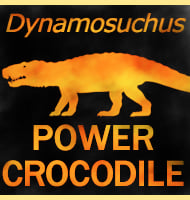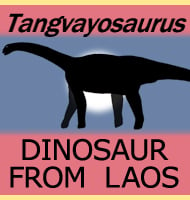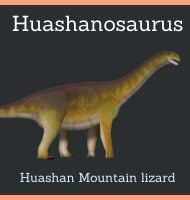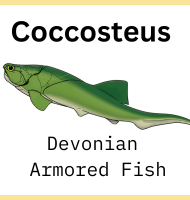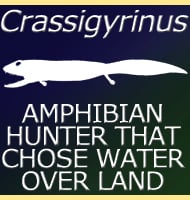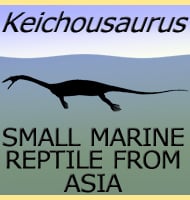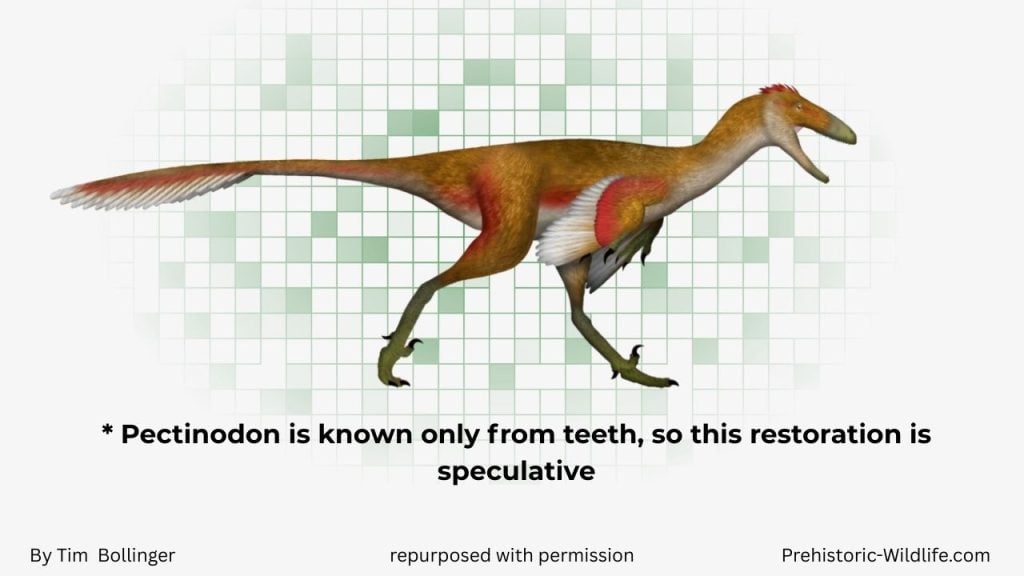
Pectinodon Fossil Map
Interactive fossil Map of Pectinodon, along with its chronological bar chart of fossil discoveries.
In Depth
Pectinodon is a small troodontid dinosaur from the very end of the Late Cretaceous.
It is known almost entirely from isolated teeth, first described from the Lance Formation of Wyoming.
The name means “comb tooth,” in reference to the fine serrations along the edges.
The genus was named in 1982 to distinguish these teeth from those assigned to the problematic Troodon.
For decades, nearly every troodontid tooth in North America was lumped into Troodon formosus, creating confusion. By recognizing the unique serration pattern, paleontologists established Pectinodon bakkeri as a separate species.
Because the fossil record is limited, much of Pectinodon’s anatomy is inferred from related troodontids.
It was likely a small, fast predator with sharp senses, long legs, and feathers. The recurved, finely serrated teeth suggest a diet of small animals.
Although fragmentary, Pectinodon is important for clarifying the diversity of troodontids at the end of the Cretaceous.
Its recognition shows that multiple small predatory dinosaurs lived alongside giants like Tyrannosaurus and Triceratops before the mass extinction.
Further Reading
- Baby dinosaurs from the Late Cretaceous Lance and Hell Creek formations and a description of a new species of theropod – Contributions to Geology, University of Wyoming. 20 (2): 123–134. – Carpenter, K. (1982).

